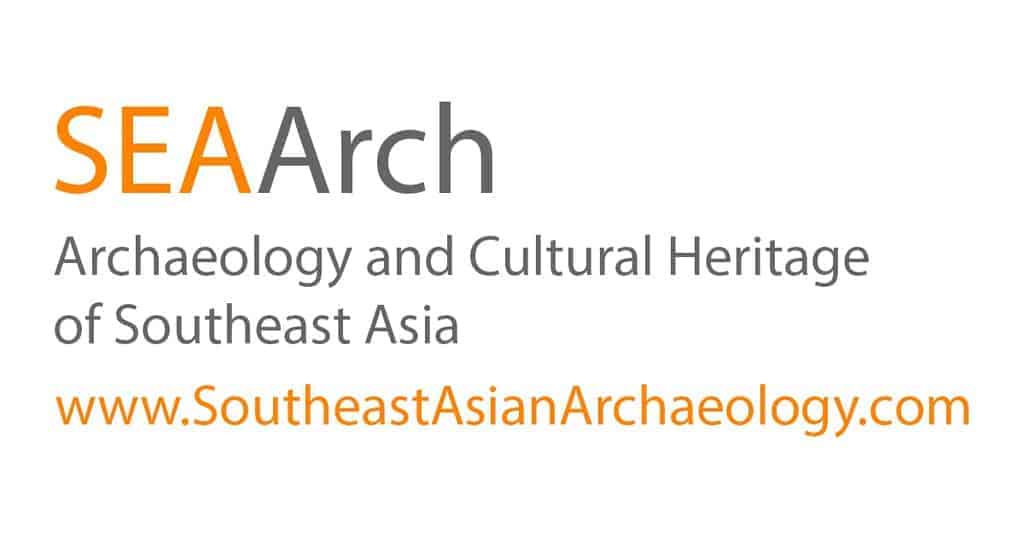Archive of news reports related to the archaeology and heritage of Southeast Asia, composed of Mainland Southeast Asia (Vietnam, Cambodia, Laos, Thailand, Myanmar and Peninsular Malaysia), Island Southeast Asia (Indonesia, Philippines, Singapore, Brunei, Timor Leste, and Bornean Malaysia), as well as some of the Peripheral Areas of Southeast Asia (India, Sri Lanka, China, Papua New Guinea, Hong Kong, Taiwan and Australia). I’ve indexed over 5,000 news stories since 2006, so if you’re looking for a specific story, you should also try using the search bar on the upper right corner.
In this page:
There’s also the Virtual Archaeology page where you can visit Southeast Asian archaeological sites online, or learn something from the Online Lecture Library, or find recent academic papers for more up-to-date research.
Recommended by Amazon
These are affiliate links and I may receive a commission if you click on them and make a purchase.
Most Popular
Negritos or Malays: Who are the original inhabitants of the Philippines?
An opinion piece by Vincent Cabreza summarising a paper presented by Lawence Reid from the University of Hawaii about the...
Read moreNews Archive
The news reports indexed below usually link to external sites that were active at the time of posting; sometimes websites may be temporarily down or may have reorganised their underlying architecture or have even closed down – in these cases the links may not be available. Most of the news articles archived are in English; this is largely because I do not have a working competency in the other local languages, although when I am made aware of stories in other languages I try to index them.
Looking for something specific? You can also use this search box:




















